All Wood Windows (no clad)
ttla
13 years ago
Related Stories
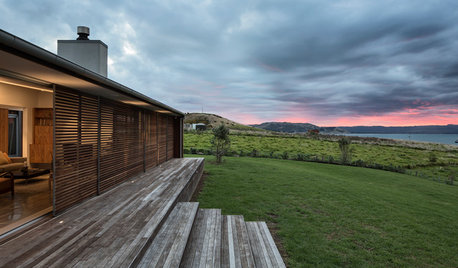
HOMES AROUND THE WORLDHouzz Tour: A Wood-Clad Home That’s at One With Nature
An award-winning New Zealand vacation home keeps a low profile in its secluded coastal locale
Full Story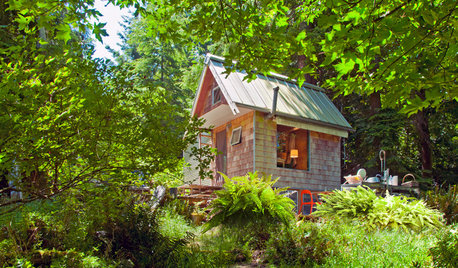
VACATION HOMES10 Cozy Cabins to Inspire Your Get-Away-From-It-All Dreams
These hideaways encourage relaxation, whether in the woods or in the wine country, on a mountaintop or at the shore
Full Story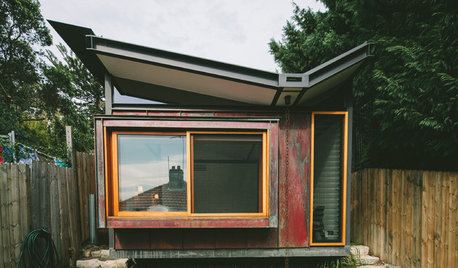
COTTAGE STYLEHouzz Tour: Beach Shack Reborn as a Copper-Clad Cottage
A tranquil home with a copper exterior lets in ocean air, sunlight and greenery on a challenging site
Full Story
MODERN HOMESHouzz Tour: All Glass Outside, Warm Wood Inside
Wood and stone balance transparent outer walls in this Gulf Islands home, for an open and warm feeling all over
Full Story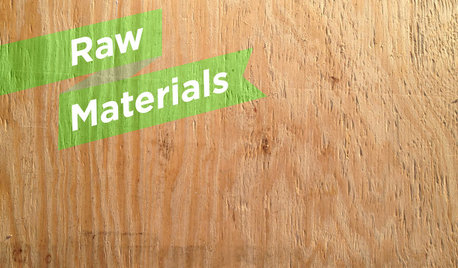
WOODThe Power of Plywood All Around the House
Of course you've heard of it, but you might not know all the uses and benefits of this workhorse building material
Full Story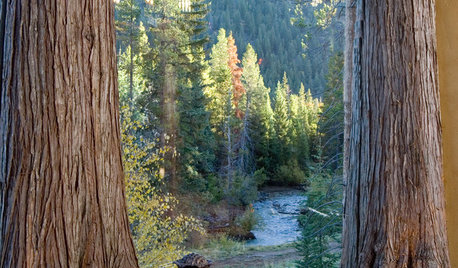
REMODELING GUIDES9 Creative Window Designs for All Kinds of Spaces
When standard windows just won't cut it, these innovative options are a breath of fresh design air
Full Story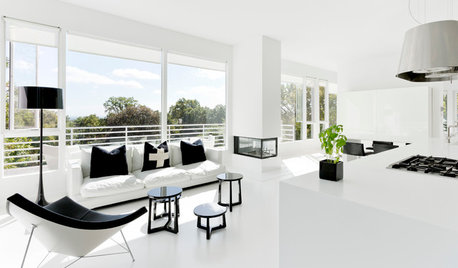
MODERN HOMESMy Houzz: All Right With All-White in a Modern New Jersey Home
A bold monochrome palette with black accents, modern art and treehouse-like views of NYC are stars in this couple’s dramatic home
Full Story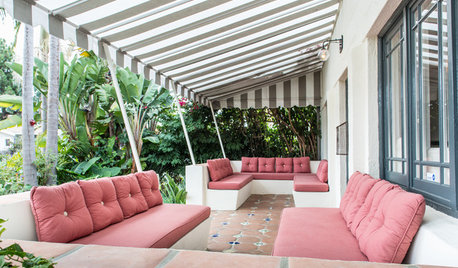
EXTERIORSGreat Design Element Our Grandparents Knew All About: Awnings
This time-tested feature for shading and cooling is enjoying a resurgence
Full Story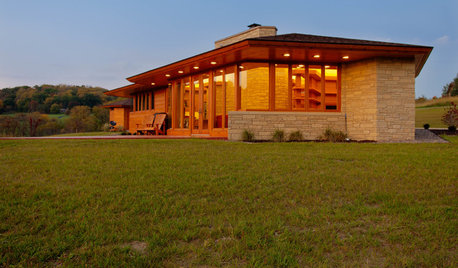
HOUZZ TOURSHouzz Tour: Usonian-Inspired Home With All the Wright Moves
A Chicago couple's weekend retreat fulfills a long-held dream of honoring architect Frank Lloyd Wright
Full Story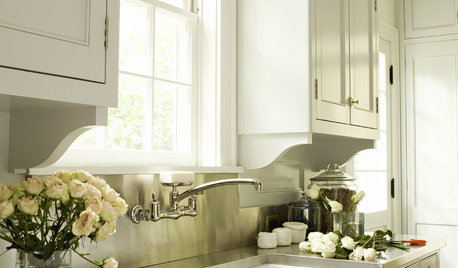
DECORATING GUIDESArchitectural Details Make All the Difference
Are you missing an opportunity to enhance your home with brackets, cabinet feet and moldings?
Full StoryMore Discussions






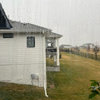
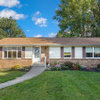
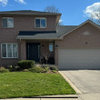

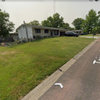
East Bay 10
millworkman
Related Professionals
Town 'n' Country Window Contractors · Central Islip Window Contractors · Edwardsville Window Contractors · Hesperia Window Contractors · Mokena Window Contractors · Fairland Window Contractors · North Aurora Window Contractors · West Springfield Window Contractors · Winnetka Window Contractors · Garden City Interior Designers & Decorators · Enumclaw General Contractors · Jacksonville General Contractors · River Forest General Contractors · Caldwell Carpenters · Lexington Carpentersxoldtimecarpenter
brickeyee
highport
brickeyee
Windows on Washington Ltd
brickeyee
Windows on Washington Ltd
brickeyee
Windows on Washington Ltd
Margaret
toddinmn
Margaret